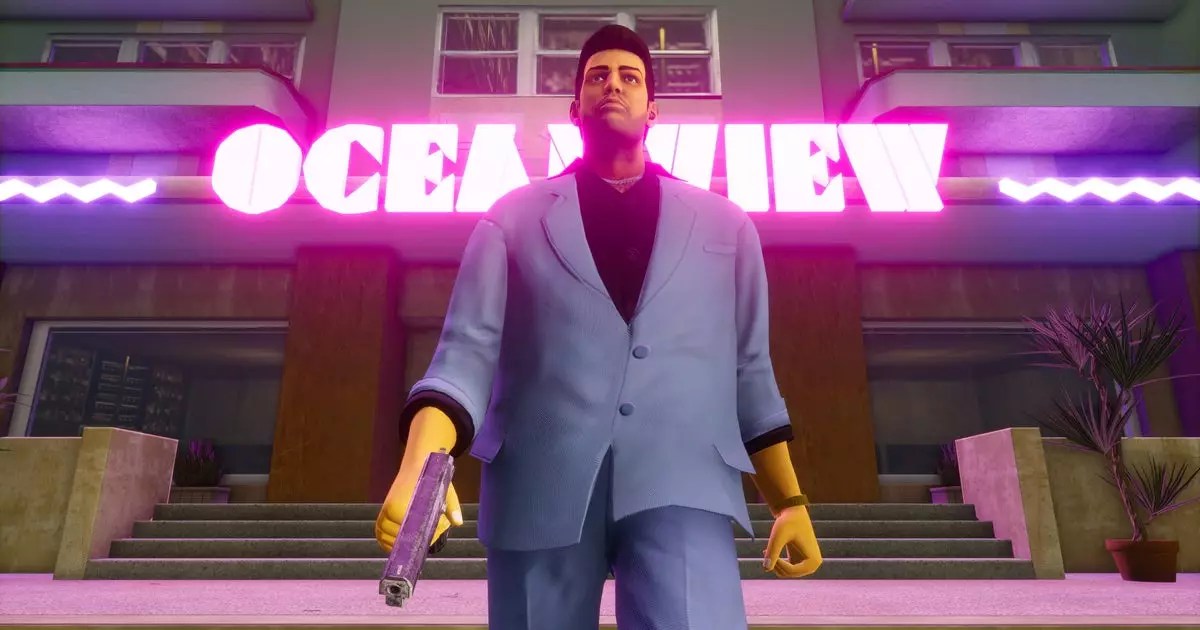For many gamers, the Grand Theft Auto (GTA) series holds a special place in their hearts. The open-world adventures filled with chaos, humor, and unexpected moments have created lasting memories. A personal recollection from my youth centers on an incident involving a wooden baseball bat and an unsuspecting police officer in GTA 3. This hilarious episode encapsulates the anarchic spirit of the series, which revolutionized the way we interact with digital environments. However, while these fond memories persist, they raise questions about the ability of contemporary gaming generations to appreciate the breed of outrageous fun that came from those early titles.
The landscape of gaming has evolved dramatically since the launch of the original GTA series, with technology pushing boundaries that allow for immersive narratives, expansive worlds, and intricate gameplay mechanics. Yet, despite the advancements, returning to the older games—especially following the fiasco surrounding Grand Theft Auto: The Trilogy – The Definitive Edition—may not spark the same excitement for many nostalgic players. The mixed reviews and criticisms dissuade the revisitation of these classics, even if they once brought unbridled joy.
While it might be tempting to return to those halcyon days, more discerning gamers might find it challenging to overlook the technical shortcomings of remastered versions. One can’t help but feel a sense of irritation when confronted with the various updates that seem insufficient to justify a nostalgic return. The mention of a semicolon and dash in the game’s title—a minor rant, but one that many can relate to—highlights the frustration not just of long-time fans but also of those who have been drawn in by new titles and gameplay innovations.
The recent addition of the aptly named ‘Classic Lightning’ mode—a feature brought to players in collaboration with Netflix for mobile versions—is intriguing, yet it seems to be a feeble band-aid on a larger wound. Restoring the original aesthetics may appeal to some, but it begs the question: is surface-level nostalgia enough to reignite long-dormant passions for these older games? The anecdote about the removal of Grove Street Games from the splash screen is indicative of the discontent that often bubbles to the surface when discussing the treatment of these remasters, giving the impression that corporate decisions can overshadow artistic intentions.
On the horizon, Take-Two Interactive, the parent company behind the franchise, expresses a “highly confident” stance on a planned release for Fall 2025. This optimism fuels speculation regarding the next installment of the GTA saga—one that could potentially heal the wounds inflicted by haphazard remasters and deliver a new chapter worthy of its illustrious predecessors. However, for those of us who fondly remember pre-3D chaos, there remains an inherent tension between anticipating new experiences and mourning the essence of what made the older titles shine.
With a delicate balance to maintain between nostalgia and innovation, the future of Grand Theft Auto looms large. In a gaming era where advancements are swift, the challenge lies in staying relevant without losing sight of the franchise’s unique identity. The intricate dance between evolution and preservation will continue to define the series, and perhaps even entice previous players to re-engage, because after all—who can resist a return to anarchy?


Leave a Reply